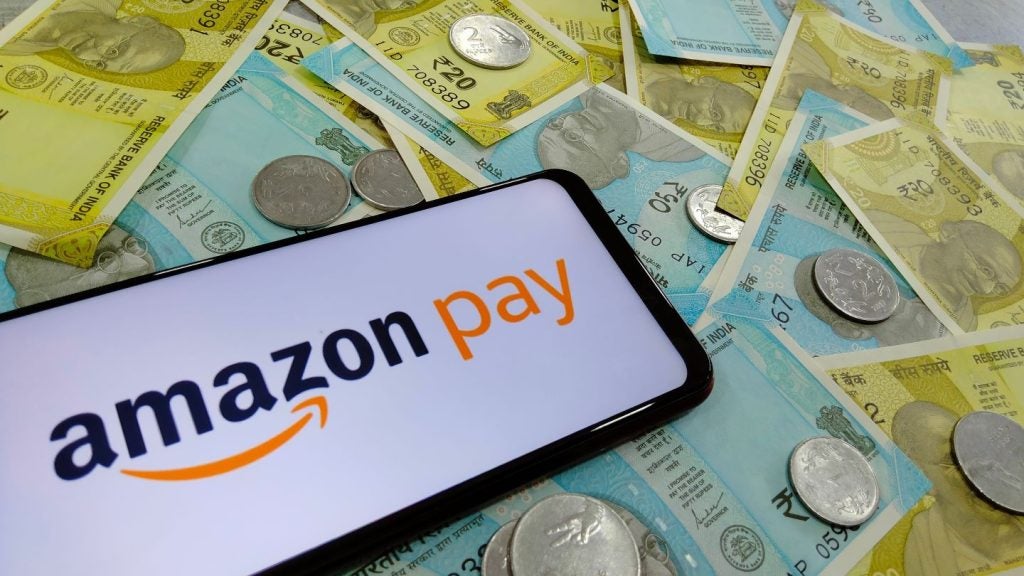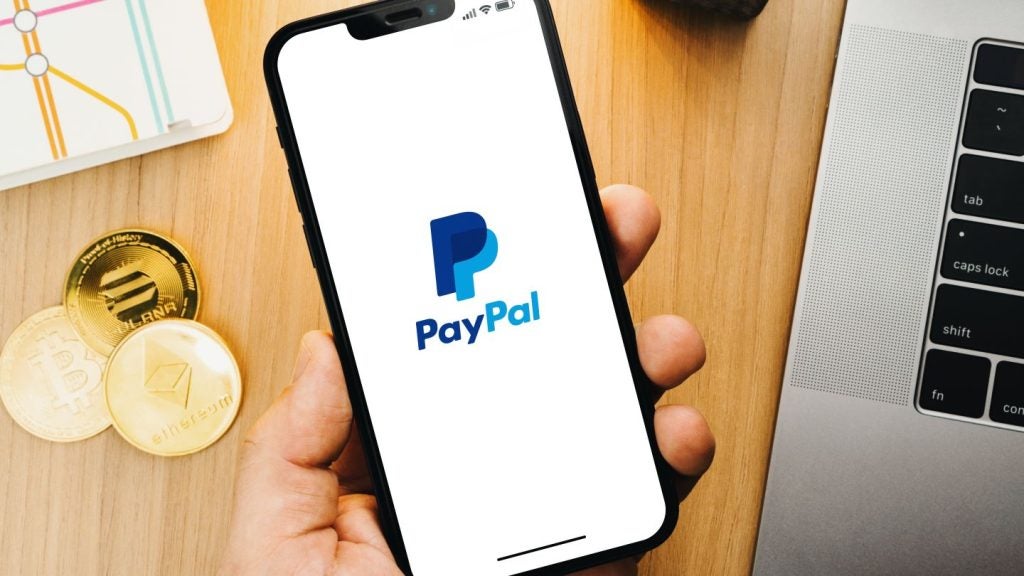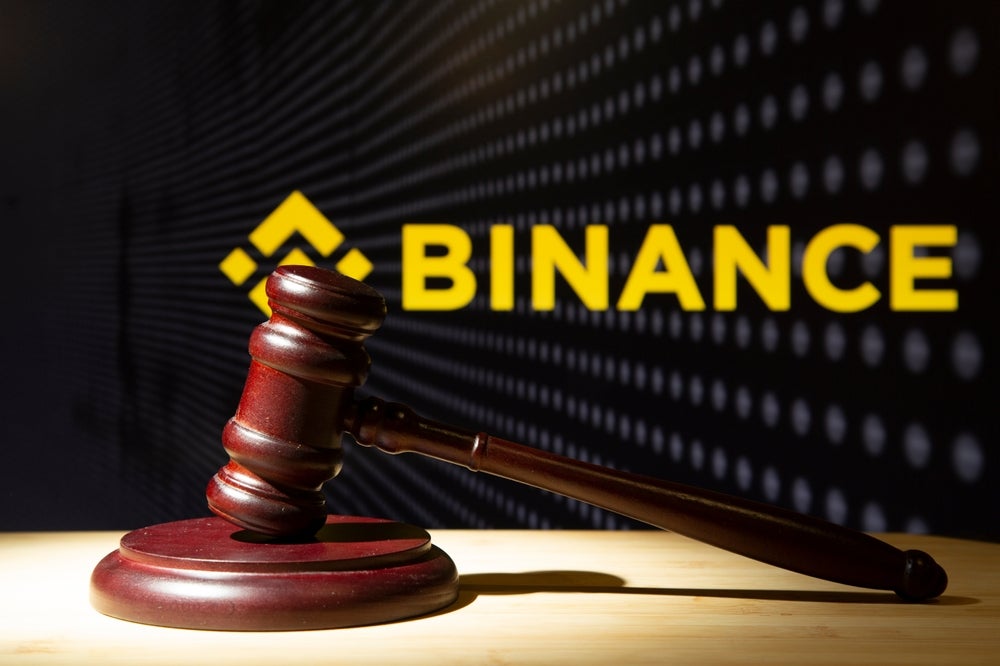With a massive footprint amongst mobile device users, it is almost inevitable that the tech giant Apple’s every move is the source of speculation and excitement in the payments industry. As more and more users turn to their mobile devices for shopping, Apple’s latest venture is no exception, writes Ellie Chambers
For months now, everyone in the payments industry has been second-guessing Apple’s next move, trying to work out how and when the tech giant will make its next manoeuvre in the world of mobile payments.
Go to any mobile payments conference in the last few months and the question "When will Apple join NFC?" is sure to be on someone’s lips in the question and answer session.
However, the picture has been complicated by two things – the advent of host card emulation (HCE) and Apple’s introduction of a fingerprint sensor with the iPhone 5s.
Although HCE removes one party – the telcos – from the NFC picture, many believe that the process still involves too many players for Apple to get involved.
With the banks and the merchants both involved, neither can control the process end to end.

US Tariffs are shifting - will you react or anticipate?
Don’t let policy changes catch you off guard. Stay proactive with real-time data and expert analysis.
By GlobalDataFingerprints and footprint
It was the launch of the fingerprint sensor with the 5s on 20 September, 2013, that really got observers in the payments industry hot under the collar.
Apple was not shy about proclaiming the superiority of the scanner, saying: "The technology within Touch ID is some of the most advanced hardware and software we’ve put in any device. To fit within the Home button, the Touch ID sensor is only 170 microns thin, not much thicker than a human hair.
"This high-resolution 500 ppi sensor can read extremely fine details of your fingerprint. The button itself is made from sapphire crystal — one of the clearest, hardest materials available. This protects the sensor and acts as a lens to precisely focus it on your finger."
Apple is not the first handset manufacturer to build the technology into its phones – Motorola unveiled an embedded fingerprint scanner in 2011.
In fact, the scanner was almost a forerunner of Apple’s, with the sensor on the unlock button, allowing the phone to be unlocked without a code – a similarity that obviously passed Motorola’s social media team by when they mocked the 5s fingerprint feature on Twitter.
So why has Apple’s biometric feature, labelled Touch ID, unleashed an unprecedented media storm?
There is no public data on the market share of different handset manufacturers in Europe, but ComScore publishes data for the US and the figures there speak for themselves.
According to the latest figures, Apple accounts for a colossal 41.6% of the smartphone market, Samsung is the runner up with 26.7% and LG, Motorola and HTC trail well behind with 6.9%, 6.4% and 5.4% respectively.
As for operating systems, figures from Net Market Share show that although Android is closing in fast, iOS is the operating system for 48.3% of mobiles and tablets.
Along with the fact that one of the most popular Apple rumours is the impending launch of Touch ID for the iPad and online shopping via tablet is becoming more popular than ever, these figures go some way to explaining the excitement.
Additionally, along with Apple’s large footprint, Touch ID’s attractiveness lies in the combination of convenience and security it embodies – while a user can authenticate a payment with a tap of their finger, the company is at pains to point out that in this instance, security is not sacrificed.
"Every fingerprint is unique, so it is rare that even a small section of two separate fingerprints are alike enough to register as a match for Touch ID. The probability of this happening is 1 in 50,000 for one enrolled finger," Apple explains.
"This is much better than the 1 in 10,000 odds of guessing a typical 4-digit passcode. Although some passcodes, like "1234", may be more easily guessed, there is no such thing as an easily guessable fingerprint pattern."
Opening up Touch ID
At first, Apple kept its cards close to its chest, initially using the scanner only to unlock the phone and for authorising the purchase of products from iTunes and the App Store.
However, CEO Tim Cook flirted with controversy by making unusually direct comments in a press conference on Apple’s Q1 results, saying: "The mobile payments area in general is one we’ve been intrigued with.
"It was one of the thoughts behind Touch ID. It’s a big opportunity."
Two months later, Apple has made the announcement that one of the iOS 8 APIs it is opening up to third party developers is Touch ID, allowing users to sign into third party apps using their fingerprints.
The development was enough to set the rumour mill grinding again, but this time, a tech giant of equal fame is also at the centre of the speculation around Apple.
Just days after Apple’s announcement, a team of PayPal developers was reportedly spotted at Apple’s Worldwide Developers Conference in San Francisco, attending a session focussed around Touch ID.
PayPal’s director of global initiatives, Anuj Nayar, later confirmed the company had indeed sent developers to the session.
And then an unnamed source was quoted making comments that appeared to confirm PayPal was working on apps integrated with Touch ID.
The source reportedly said: "It seems to be a fairly easy API to use, but we’re still kicking the tires."
Enter PayPal
Understandably, both PayPal and Apple are being cagey about the integration that may happen as a result of Apple’s opening Touch ID to third parties – Apple is notoriously media-shy and secretive as a corporation.
Meanwhile, PayPal is unwilling to be drawn on whether a tie-up with Apple over biometric technology was any more attractive than a deal with a rival like Samsung or HTC, saying only:
"Fingerprint and biometric authentication present exciting opportunities across the board, regardless of device operating system, hardware manufacturer, or other factors."
But all the indications seem to point at PayPal and Apple in a deal together over the Touch ID technology.
One thing that may make the proposition more attractive to the eBay subsidiary is that the online marketplace announced it had been hacked recently – although PayPal said it was unaffected, many people expressed surprise and concern that eBay users were not asked to change their PayPal passwords as well.
The payment service may well hoping that an investment in biometric security will help allay those concerns and demonstrate that it takes the security of its customers very seriously.
A PayPal spokesperson tells EPI: "Every aspect of technology has improved over the last few years, except the user name and password. What is clear is that this 50-year-old technology is ripe to be replaced by something better.
"Technologies like biometric authentication bring about new opportunities for people to shop, purchase and authenticate their identity painlessly and securely. We firmly believe you shouldn’t have to sacrifice security for convenience.
"Now that so much sensitive personal and financial information is stored online and sent over the Internet, and our devices become smaller and more personal, it becomes even clearer that we need to come up with alternative authentication solutions."
A potential game-changer?
At the moment, the mobile payments space is a fractured place, with many different payment methods and technologies. The problem is that there is no prevailing dominant method of paying with a mobile phone and no standardisation between payment methods.
Different handsets, financial services providers, national legislation and payment technologies mean that there is no guarantee a consumer will always be able to use the same payment method.
However, if PayPal integrated with Apple’s Touch ID, it would bring the massive footprint of both companies into play.
PayPal now has over 148m registered users with active accounts and accounted for 52bn transactions in just the first quarter of 2014. The company has so far not encroached on in-store payments much, but the immediacy of biometric authentication could change that.
At the moment the company is hedging its bets, refusing to rule out any particular payment method. It says:
"There’s room for more than one way to pay with mobile devices. We believe the key is offering choice, flexibility, convenience and security, which PayPal will continue to deliver.
"We’ve strategically chosen to build our products and technologies to be agnostic. If our customers will benefit from it, we will certainly consider an NFC-enabled PayPal solution. Some technologies, like NFC, we will adopt as the market conditions demand. For others, like Beacon, we are leading the pack in driving new retail experiences for consumers."
The mobile payments market is ripe for convergence, but only time will show if biometric authentication is the right technology to bring it about.
One thing is certain – if Apple and PayPal do integrate, they will be bringing to market a powerful proposition, with a broad, ready-made customer base and a very strong use case.







